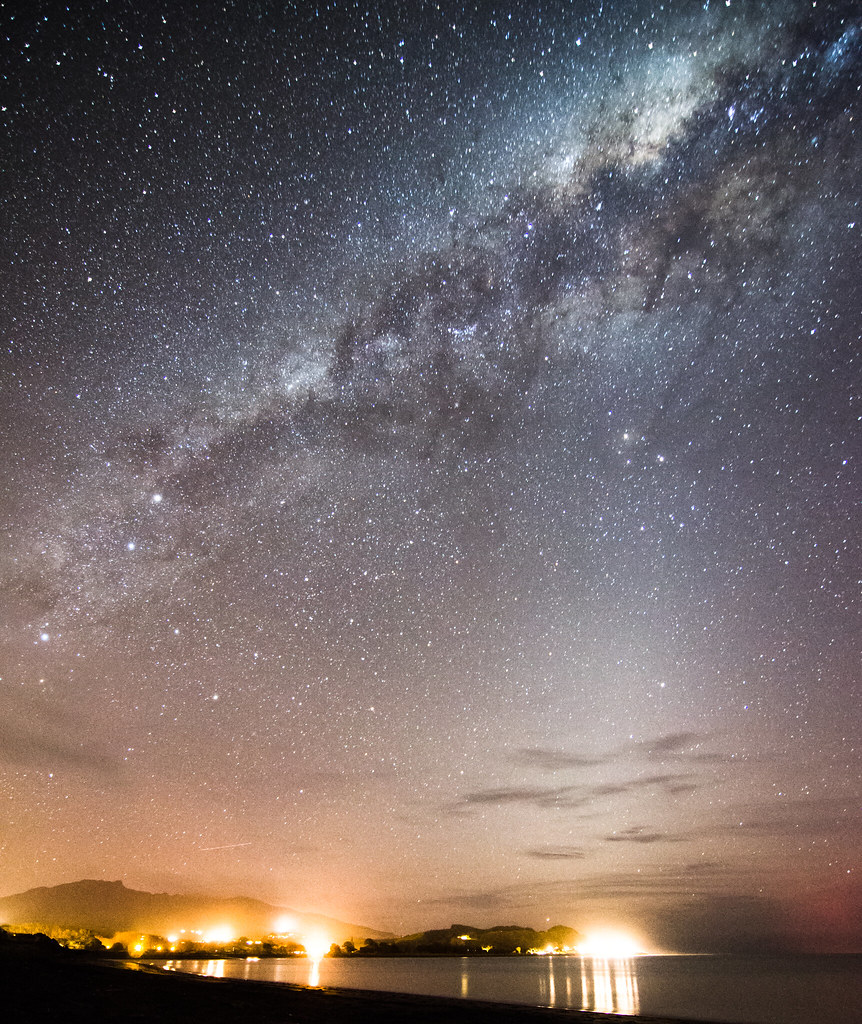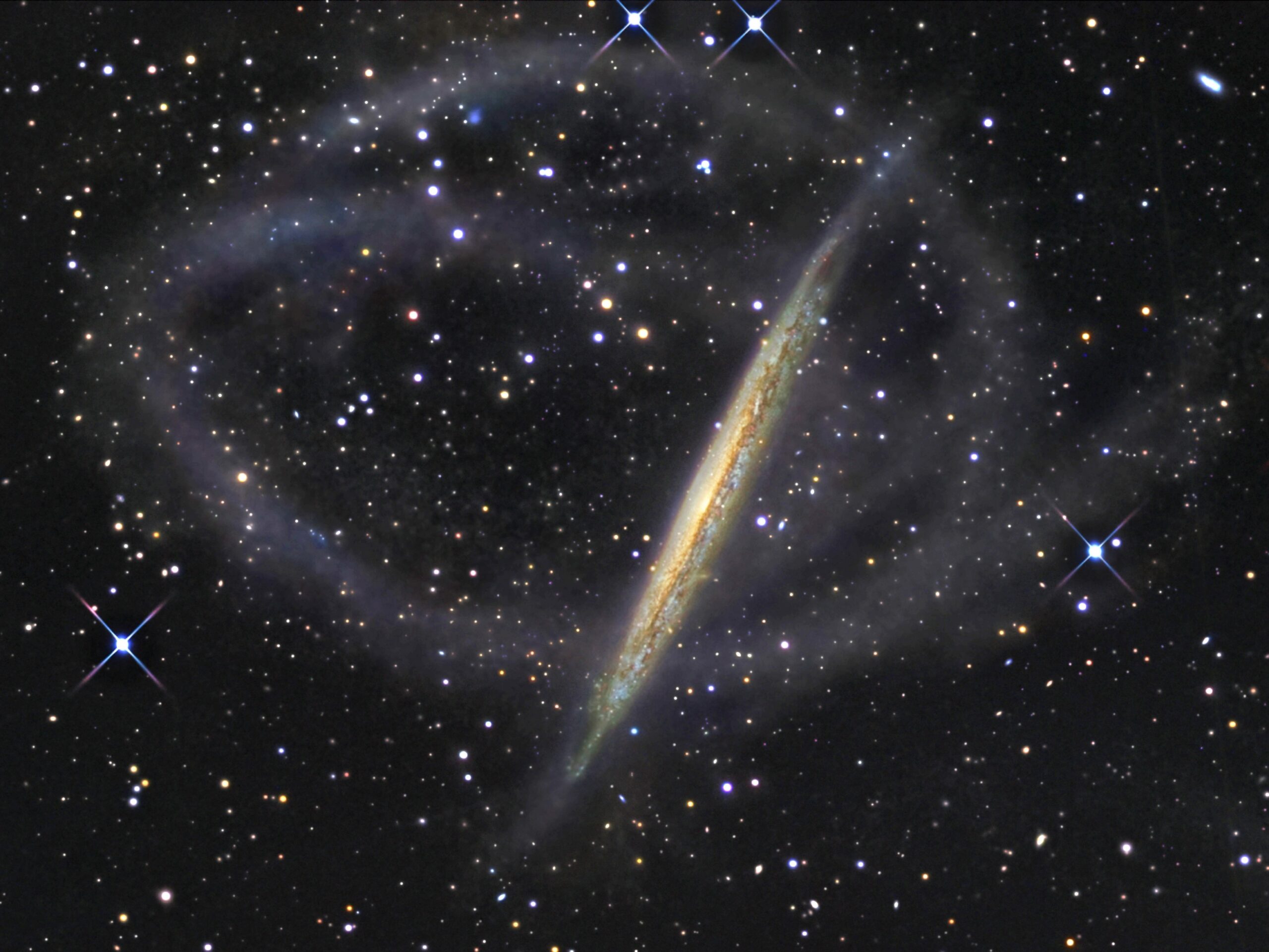
The night sky is a truly awe-inspiring spectacle, isn’t it? For millennia, humanity has gazed upwards, captivated by those tiny, twinkling lights that seem to hang effortlessly in the vast cosmic expanse. We’ve woven myths, charted destinies, and even navigated by them. But what *are* these incredible celestial bodies we call stars, really? Forget the Hollywood kind for a moment – we’re talking about the real OG stars, the ones that literally light up our universe!
It turns out, the universe is packed with them, billions upon billions, each with its own incredible story, from fiery birth to dramatic demise. And trust us, once you dive into their dazzling secrets, you’ll never look at the night sky the same way again. We’re about to embark on a cosmic journey, uncovering the mind-blowing truths about these radiant wonders, all served up in a way that’s anything but stuffy.
Ready to have your mind expanded? Get comfortable, because we’re about to peel back the layers of the cosmos and reveal some stellar secrets that you absolutely need to know. Prepare to be amazed by the sheer scale, complexity, and sheer *coolness* of the astronomical objects known as stars!

1. **What Exactly IS a Star?**Ever wondered what makes a star, well, a star? At its most fundamental, a star is “a luminous spheroid of plasma held together by self-gravity.” Think of it as a gigantic, glowing ball of superheated gas where atoms are so hot, their electrons have been stripped away, creating a state of matter called plasma. It’s not quite a gas, not quite a liquid, but definitely a whole lot of fiery energy!
The “self-gravity” part is crucial here. It’s this immense gravitational pull that constantly tries to collapse the star inwards, creating incredible pressures and temperatures at its core. This intense internal environment is what makes stars the universe’s ultimate power generators, fueling the spectacular light and heat they emit across billions of miles.
Unlike planets, which are solid or gaseous bodies reflecting light, a star generates its *own* light. It’s a self-sustaining thermonuclear furnace, perpetually fusing lighter elements into heavier ones in its core. This incredible process is what defines a true star and sets it apart as a cosmic beacon.
This incredible internal furnace, where hydrogen atoms are crushed together to form helium, is a process called nuclear fusion. It’s the same power source that fuels our Sun, and it’s what differentiates a genuine star from other large celestial bodies like gas giants. Without fusion, it’s just a big ball of gas; with it, it’s a star.
Read more about: 12 Mind-Blowing Facts About Stars That Will Make You Look Up (Literally!)
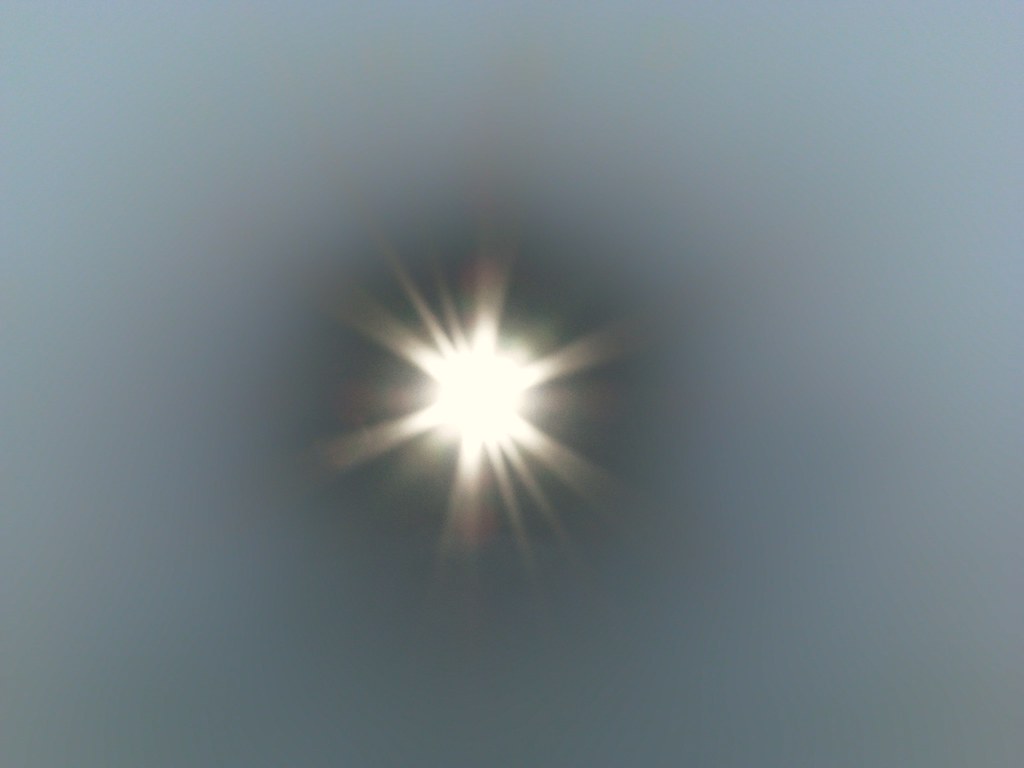
2. **Our Home Star: The Sun and its Neighbors**Let’s start with a familiar face: our very own Sun! It’s not just any star; it’s “a G-type main-sequence star,” and, crucially, “the nearest star to Earth.” It’s our personal cosmic heater and light source, making life as we know it possible here on our pale blue dot. Without the Sun, our days would be truly dark and chilly, to say the least!
While the Sun might seem like the only star close enough to really matter to us, take a peek at the night sky. You’ll see “Many other stars are visible to the eye at night.” They appear as “fixed points of light” because of their “immense distances from Earth.” It’s hard to wrap your head around just how far away they actually are!
Over centuries, keen observers have tried to make sense of these distant lights. “The most prominent stars have been categorised into constellations and asterisms, and many of the brightest stars have proper names.” These ancient groupings helped us navigate, tell stories, and even chart the passage of time long before GPS was even a twinkle in a scientist’s eye.
Read more about: The Tragic End of a Rising Star: Rebecca Schaeffer’s Legacy in the Fight Against Stalking
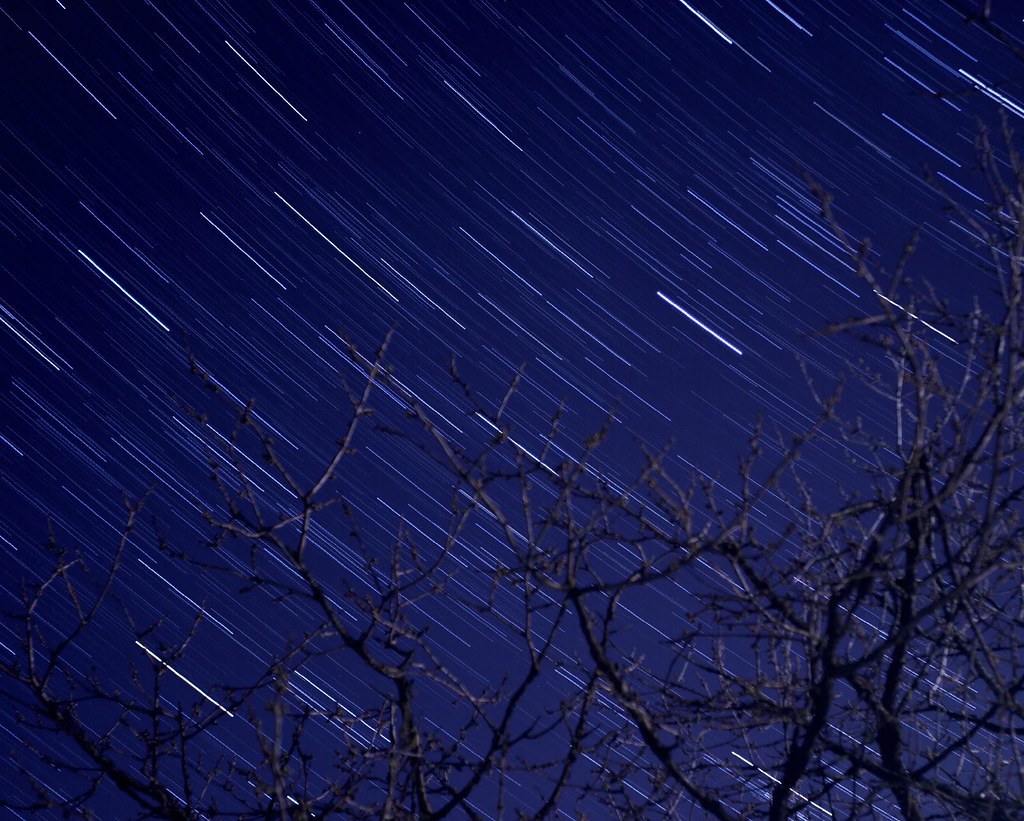
3. **Just How Many Stars Are Out There?**Okay, prepare for your mind to be absolutely blown. If you thought the number of visible stars was impressive, wait until you hear this: “The observable universe contains an estimated 10^22 to 10^24 stars.” That’s a 1 followed by 22 to 24 zeros! It’s a number so vast, it’s almost impossible for our brains to fully comprehend the scale of it all.
To put that into perspective, imagine trying to count every single grain of sand on every beach on Earth. Still not enough? The context actually states there are “more stars than all the grains of sand on planet Earth.” So, next time you’re at the beach, just remember: each grain represents an entire universe of stars, and there are more stars than all of them combined!
Bringing it a bit closer to home, out of that astronomical total, “Only about 4,000 of these stars are visible to the eye—all within the Milky Way galaxy.” So, while our local galaxy is brimming with billions of stars, the ones we can actually glimpse without a telescope are just a tiny, tiny fraction of the cosmic tapestry. Talk about a humbling thought!
And it’s not just our Milky Way that’s brimming with these cosmic gems! The universe is home to “more than 2 trillion (10^12) galaxies,” though many are less than 10% the mass of the Milky Way. Each of these galaxies, from the grand spirals to the smaller irregular ones, is a stellar metropolis in its own right, teeming with its own unique population of stars.
Read more about: From Blazing Icons to Fading Whispers: 12 Celestial Stars’ Incredible Journey Through the Cosmos

4. **The Epic Life Cycle of a Star**Just like everything else in the universe, stars aren’t eternal. They have a beginning, a middle, and an end, an “epic life cycle” that plays out over millions, or even billions, of years. It all kicks off with “the gravitational collapse of a gaseous nebula of material largely comprising hydrogen, helium, and traces of heavier elements.” Imagine a colossal cloud of cosmic gas and dust slowly coming together, pulled by its own gravity.
Once a star gets going, it shines for “most of its active life due to the thermonuclear fusion of hydrogen into helium in its core.” This is its prime, its main-sequence phase, where it’s steadily converting hydrogen into helium, releasing an immense amount of energy in the process. This energy then “traverses the star’s interior and radiates into outer space,” keeping the star bright and stable.
But even cosmic powerhouses run out of fuel. “At the end of a star’s lifetime, fusion ceases and its core becomes a stellar remnant.” What happens next depends entirely on the star’s “total mass.” Smaller stars might gently fade into “a white dwarf,” while medium-sized ones can become “a neutron star.” But for the truly “sufficiently massive” ones? They go out with the ultimate bang and collapse into “a black hole.” Talk about a dramatic exit!
Read more about: Massive Listeria Outbreak: An In-Depth Investigation into Boar’s Head and Kroger Deli Meat Contamination and Its Widespread Impact
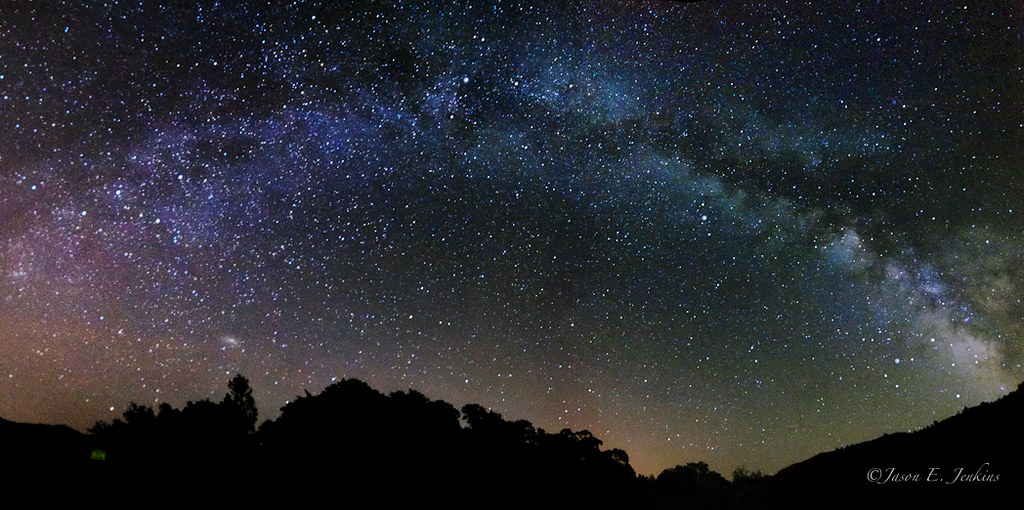
5. **Where Elements Come From: Stellar Nurseries**Here’s a truly mind-bending fact: practically every atom of every element heavier than hydrogen and helium that makes up you, your phone, and our entire planet, was forged inside a star! That’s right, “Stellar nucleosynthesis in stars or their remnants creates almost all naturally occurring chemical elements heavier than lithium.” Stars are the universe’s ultimate element factories!
These cosmic factories don’t just hoard their precious creations, though. When stars reach the end of their lives, through processes like “Stellar mass loss or supernova explosions,” they “return chemically enriched material to the interstellar medium.” This isn’t just cosmic litter; it’s a vital part of the universe’s recycling program.
These ejected elements, now spread throughout space, are then “recycled into new stars.” This means that the gas and dust clouds from which new stars and planets form are increasingly rich in heavier elements, paving the way for rocky planets like Earth and, eventually, life itself. As the context beautifully puts it, “future generations of stars are made of the ‘star stuff’ from past stars.”
So, next time you admire a piece of gold jewelry or cook with iron pans, remember that these elements, along with the oxygen you breathe and the carbon that forms the basis of life, were all forged in the heart of a star! It’s a profound connection, reminding us that we are intimately linked to the cosmic processes that unfold across unimaginable distances. We are, quite literally, stardust!
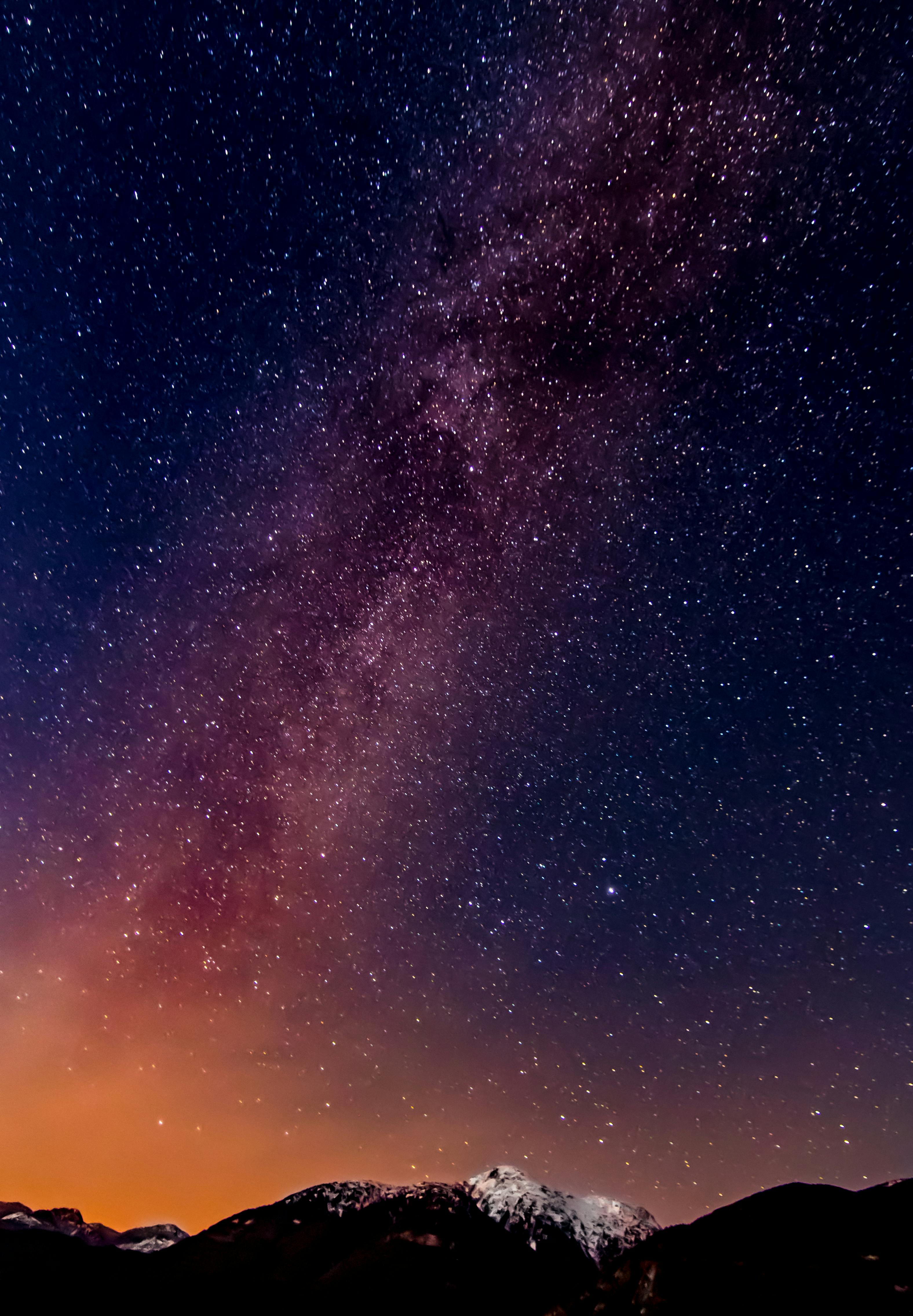
6. **Starry Sightings: How We Study Them**You might be wondering how astronomers figure out all this incredible stuff about stars that are light-years away. It’s not like they can just pop over for a quick visit! Instead, they rely on a truly impressive array of observational techniques. “Astronomers can determine stellar properties—including mass, age, metallicity (chemical composition), variability, distance, and motion through space—by carrying out observations.” It’s like being a cosmic detective!
They gather clues from various sources. One key method involves studying a star’s “apparent brightness” – how bright it looks from Earth. Then there’s its “spectrum,” which is like a star’s unique barcode, revealing its chemical makeup and temperature. By analyzing the different wavelengths of light, they can infer a huge amount of information about a star’s internal workings.
And it’s not just about snapshots! Astronomers also track “changes in its position in the sky over time.” This “proper motion” helps them understand how stars are moving through our galaxy and relative to each other. It’s a testament to human ingenuity that we can decipher such intricate details about objects so incredibly distant, all from the comfort of our home planet.
Beyond the basics, astronomers delve into a star’s “metallicity,” which refers to its chemical composition, specifically the concentration of elements heavier than helium. This detail can surprisingly influence “the time the star takes to burn its fuel” and even “controls the formation of its magnetic fields.” It’s a complex interplay of physics that paints a complete picture of each individual star.
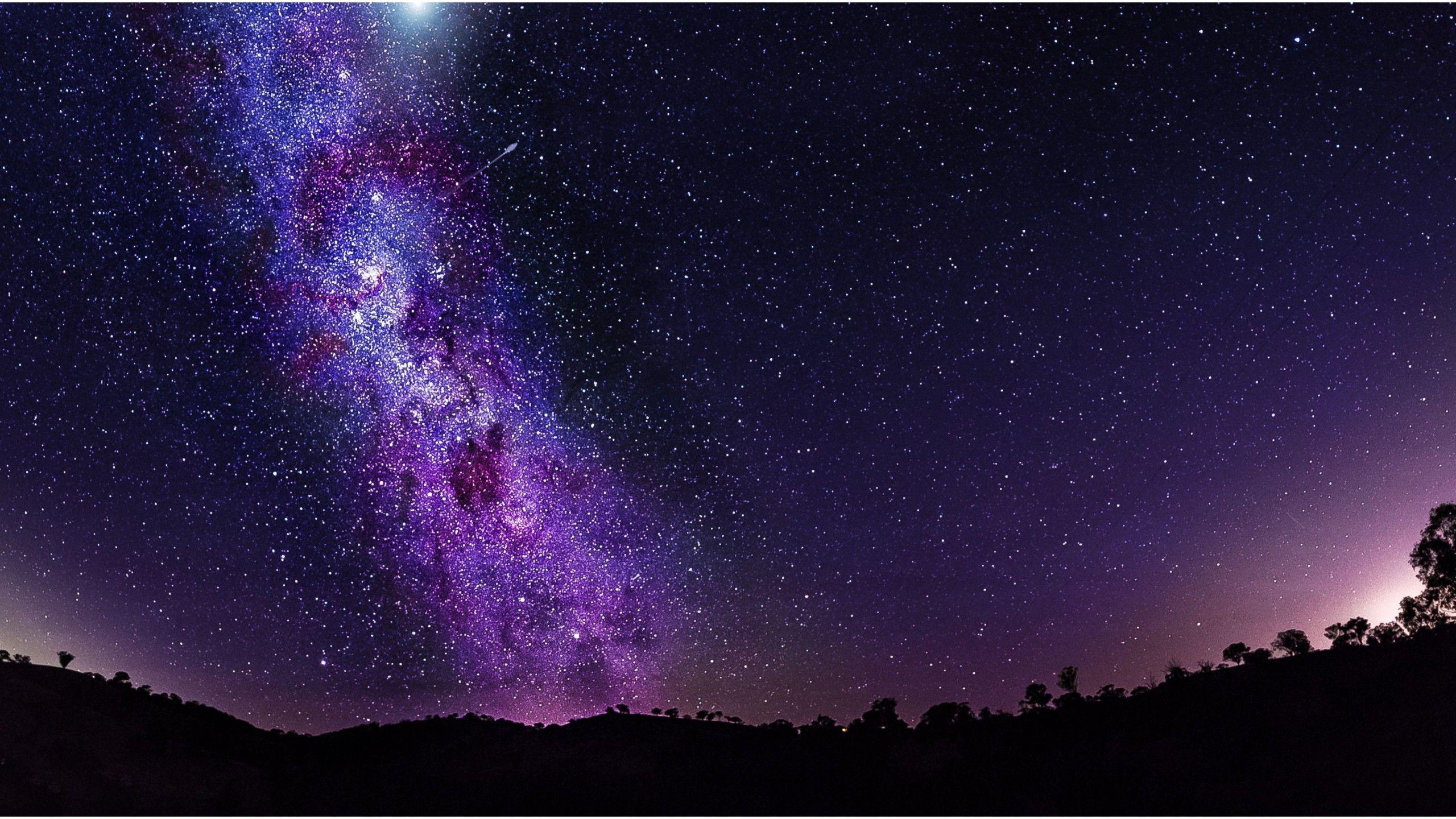
7. **Stars Don’t Fly Solo: Orbital Systems**While we often picture stars as solitary beacons, it turns out that many of them are actually quite social! “Stars can form orbital systems with other astronomical objects, as in planetary systems and star systems with two or more stars.” Our Sun, with its family of planets, is a perfect example of a star system. But things can get even more complex and fascinating!
Take, for instance, binary star systems, where “two such stars orbit closely.” In these cosmic duos, “their gravitational interaction can significantly impact their evolution.” It’s like a celestial dance where each partner influences the other’s journey through space and time, sometimes in dramatic ways that defy what we’d expect from a single star.
Beyond just two, “Stars can form part of a much larger gravitationally bound structure, such as a star cluster or a galaxy.” Imagine hundreds, thousands, or even billions of stars all swirling together in a grand cosmic ballet! It’s a stunning reminder that very few stars are truly alone in the universe, often belonging to a sprawling, interconnected network.
In fact, “Most stars are observed to be members of binary star systems, and… Around half of Sun-like stars, and an even higher proportion of more massive stars, form in multiple systems.” This suggests that forming with companions might be the norm rather than the exception in the universe’s stellar nurseries.
Interestingly, the percentage of stars in multiple systems seems to decrease with mass. While “80% of which are believed to be part of multiple-star systems” for very massive O and B class stars, “only 25% of red dwarfs are known to have stellar companions.” This means that even though red dwarfs make up “85% of all stars,” a vast majority of stars in our galaxy might actually be single red dwarfs. It’s a complex cosmic dating scene out there!
Alright, stargazers! We’ve already journeyed through what makes a star tick, how many are out there, and even their incredible life cycles. But how did we, mere humans on Earth, even begin to unravel these cosmic mysteries? Get ready, because Section 2 is all about humanity’s enduring fascination with stars and the epic quest for knowledge that has unfolded over millennia. From ancient sky watchers to cutting-edge 20th-century breakthroughs, it’s a story as dazzling as the stars themselves! Let’s dive into the fascinating history of our relationship with the cosmos.

8. **The Starry Origin of “Star”: Tracing a Cosmic Word**Before we could chart the heavens or decode stellar spectra, there was simply the word itself. It’s fascinating how deeply ingrained the concept of a ‘star’ is in our language, stretching back further than you might imagine. The English word ‘star’ actually has ancient roots, ultimately deriving from the Proto-Indo-European root *h₂stḗr. Pretty cool, right? This ancient root also meant ‘star,’ showing that our ancestors were just as captivated by these celestial beacons.
Now, let’s break down that Proto-Indo-European root a little further, because it reveals something truly poetic about how our ancestors perceived these glowing objects. The root *h₂stḗr is further analyzable as *h₂eh₁s-, which actually meant ‘to burn’ (and is also the source of the word ‘ash’ — mind blown!). This was combined with *-tēr, an agentive suffix. So, in essence, a ‘star’ was literally understood as ‘that which burns’ or ‘a burner.’ Talk about hitting the nail on the head, millennia before we even understood nuclear fusion!
This ancient linguistic heritage connects us directly to the observations of our distant ancestors. You can see its influence ripple through other languages too. Just think about Latin ‘stella,’ Greek ‘aster,’ and German ‘Stern’ – they’re all cognates! And in English, we still use these ancient echoes in words like ‘asterisk,’ ‘asteroid,’ ‘astral,’ ‘constellation,’ and even the name ‘Esther.’ It’s a powerful reminder that our connection to the stars is woven into the very fabric of our language and shared human history.
9. **Beyond Twinkling Lights: How Ancient Civilizations Charted the Heavens**For countless generations, stars weren’t just pretty lights; they were central to human existence. Historically, stars held immense importance for civilizations across the globe. They were woven into religious practices, served as tools for divination rituals, inspired elaborate mythologies, and were absolutely crucial for celestial navigation and orientation. Ancient peoples also used them to mark the passage of seasons and to define their calendars, literally charting time by the movements of the cosmos.
Early astronomers, with their keen eyes and innate curiosity, quickly recognized a fundamental distinction in the night sky. They saw “fixed stars,” whose positions on the celestial sphere seemed unchanging, and then there were “wandering stars” — what we now know as planets. These ‘wanderers’ moved noticeably relative to the fixed stars over days or weeks, a phenomenon that intrigued and mystified them. Many ancient astronomers held the belief that stars were permanently affixed to a heavenly sphere and that they were immutable, never changing their positions or brightness.
But even with this understanding, they were incredibly organized. By convention, astronomers grouped prominent stars into what we still call asterisms and constellations. These groupings weren’t just for pretty pictures; they were practical tools used to track the motions of the planets and to infer the position of the Sun. This allowed them to create calendars based on the Sun’s motion against the background stars and the horizon, which were vital for regulating agricultural practices. Even our modern Gregorian calendar, used almost everywhere today, is a solar calendar based on the Earth’s rotational axis relative to our local star, the Sun.
Speaking of charting the heavens, the earliest known attempts at detailed star mapping are truly impressive. The oldest accurately dated star chart we know of comes from ancient Egyptian astronomy, dating all the way back to 1534 BC. Not to be outdone, the ancient Babylonian astronomers of Mesopotamia were also incredibly busy in the late 2nd millennium BC, during the Kassite Period, compiling some of the earliest known star catalogues. These meticulous records were the foundations upon which all future astronomical understanding would be built.
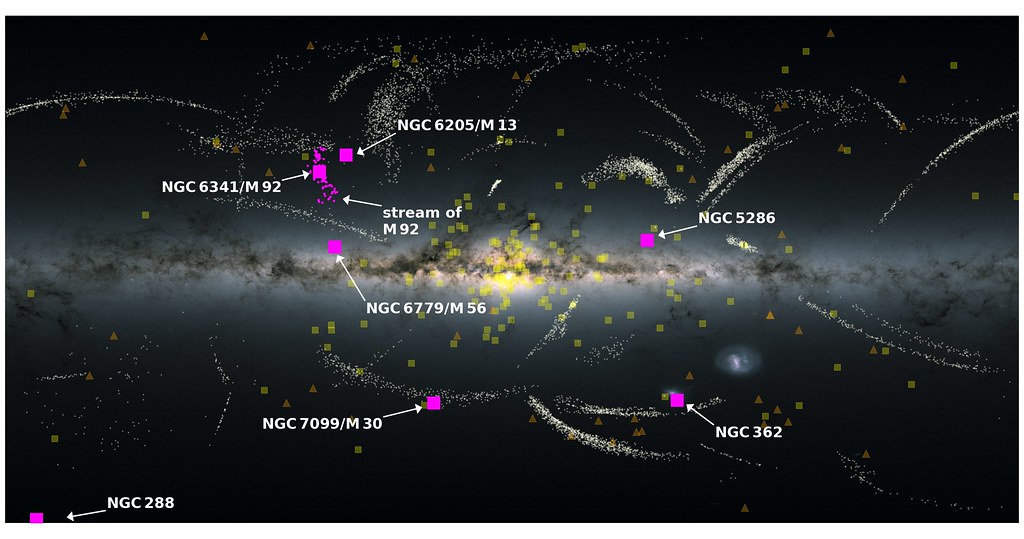
10. **Mapping the Cosmos: Stellar Achievements of Medieval Islamic Astronomers**While the ancient Greeks laid significant groundwork, with Aristillus creating the first star catalogue in Greek astronomy around 300 BC, and Hipparchus later expanding it to include 1,020 stars (a catalogue used by Ptolemy!), other cultures were making their own remarkable strides. Interestingly, despite the prevailing belief in the immutability of the heavens, Chinese astronomers were pioneers in recognizing that new stars could, in fact, appear. In 185 AD, they were the very first to observe and document a supernova, which we now know as SN 185. This was a radical observation, challenging the notion of an unchanging sky.
The Chinese continued to astound us with their cosmic record-keeping. They also observed the brightest stellar event in recorded history, the SN 1006 supernova, which lit up the skies in 1006. This spectacular event was not only recorded by Chinese astronomers but also by the Egyptian astronomer Ali ibn Ridwan. Another famous event, the SN 1054 supernova, which famously gave birth to the stunning Crab Nebula, was also carefully observed and documented by both Chinese and Islamic astronomers. These weren’t just fleeting glances; these were detailed observations that added immensely to our understanding of stellar dynamics.
Medieval Islamic astronomers then picked up the torch and ran with it, revolutionizing astronomical study. They gave Arabic names to many stars that are still used today, becoming an indelible part of our celestial lexicon. Beyond naming, they were true innovators, inventing numerous astronomical instruments that could compute the precise positions of stars. They also built the very first large observatory research institutes, primarily with the goal of producing comprehensive Zij star catalogues, which were astronomical tables containing positions of celestial bodies and rules for calculating them.
One of the most notable figures was the Persian astronomer Abd al-Rahman al-Sufi, who penned the monumental ‘Book of Fixed Stars’ in 964 AD. In this work, he meticulously observed and documented a number of stars, several star clusters (including the Omicron Velorum and Brocchi’s Clusters), and even galaxies like the Andromeda Galaxy. Furthermore, in the 11th century, the Persian polymath scholar Abu Rayhan Biruni went a step further, describing the Milky Way galaxy as a multitude of fragments having the properties of nebulous stars. He even provided the latitudes of various stars during a lunar eclipse in 1019, showcasing incredible precision and insight for his time. Another fascinating contribution comes from the Andalusian astronomer Ibn Bajjah, who proposed that the Milky Way was made up of many stars that almost touched one another, appearing continuous due to refraction from sublunary material – citing his observation of a Jupiter and Mars conjunction in 1106/1107 AD as evidence.
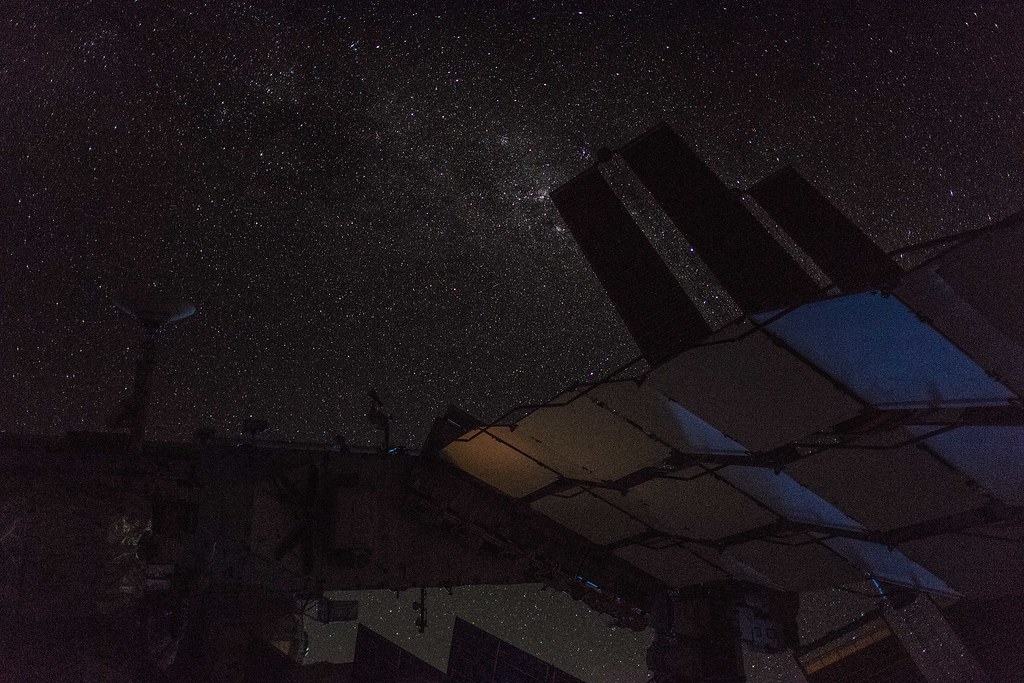
11. **Igniting Enlightenment: Europe’s Stargazing Revolution**The European scientific revolution built upon these ancient and medieval foundations, transforming our understanding of the cosmos. Early European astronomers, like the famous Tycho Brahe, started identifying new stars in the night sky, which we later termed novae. These discoveries were monumental because they strongly suggested that the heavens were not, in fact, immutable – a groundbreaking shift from long-held beliefs. It opened up a universe of change and dynamism that had previously been unimaginable.
The philosophical implications were equally profound. In 1584, the daring Giordano Bruno suggested that the stars were much like our own Sun, and perhaps, just perhaps, they might even have other planets in orbit around them – possibly even Earth-like ones! This wasn’t an entirely new idea; it had been floated earlier by ancient Greek philosophers such as Democritus and Epicurus, and by medieval Islamic cosmologists like Fakhr al-Din al-Razi. But Bruno’s reassertion of this idea during a time of intense scientific re-evaluation helped to push the boundaries of thought.
By the following century, the idea of the stars being the same as the Sun was rapidly gaining consensus among astronomers. This raised a new, intriguing question: if stars were so massive, why didn’t they exert a net gravitational pull on our Solar System? The brilliant Isaac Newton, ever the problem-solver, suggested an elegant solution: that the stars were equally distributed in every direction, an idea prompted by the theologian Richard Bentley. This concept helped to maintain the stability of the celestial mechanics they were beginning to describe.
As observations became more precise, new phenomena were noted. The Italian astronomer Geminiano Montanari, for instance, recorded observing variations in the luminosity (brightness) of the star Algol way back in 1667 – a truly early observation of stellar variability! And then came Edmond Halley, who published the very first measurements of the proper motion of a pair of nearby “fixed” stars. His work demonstrated unequivocally that these stars had actually changed positions since the time of the ancient Greek astronomers Ptolemy and Hipparchus, proving that even the ‘fixed’ stars were in motion.
The quest to map and understand stellar distribution continued with figures like William Herschel. During the 1780s, he embarked on an ambitious project, establishing a series of gauges in 600 different directions and painstakingly counting the stars observed along each line of sight. From this monumental effort, he deduced that the number of stars steadily increased toward one side of the sky, in the direction of the Milky Way core. His son, John Herschel, continued this meticulous study in the southern hemisphere, finding a corresponding increase in the same direction, confirming his father’s groundbreaking work. William Herschel is also renowned for discovering that some stars were not just coincidently aligned along the same line of sight, but were actual physical companions, forming binary star systems – a concept that would become incredibly important later.

12. **Bridging the Cosmic Divide: How We Measure Distances to Distant Stars**Knowing that stars moved and varied was one thing, but figuring out just how far away they were seemed like an impossible task. Enter Friedrich Bessel, who, in 1838, made the first direct measurement of the distance to a star, 61 Cygni, clocking it in at 11.4 light-years away! He used the parallax technique, a clever method that involves observing a star from two different points in Earth’s orbit. These parallax measurements were revolutionary, vividly demonstrating the immense separation of the stars in the heavens and giving us a true sense of cosmic scale.
The 19th century also saw an increasing importance placed on the observation of double stars. These celestial pairs provided unique opportunities for study. In 1834, Friedrich Bessel, ever the keen observer, noted changes in the proper motion of the star Sirius and, from this, inferred the presence of a hidden companion – a star we now know as Sirius B, a white dwarf. This was a triumph of deduction, revealing the unseen.
Further breakthroughs in understanding binary systems came with Edward Pickering, who, in 1899, discovered the first spectroscopic binary. He observed the periodic splitting of the spectral lines of the star Mizar over a 104-day period, indicating that Mizar was not a single star but two closely orbiting companions. Detailed observations of many binary star systems were meticulously collected by astronomers like Friedrich Georg Wilhelm von Struve and S. W. Burnham. Their work allowed for the determination of stellar masses through the computation of orbital elements, a huge leap forward. And it was Felix Savary who, in 1827, provided the very first solution to the complex problem of deriving an orbit of binary stars from telescope observations.
The 20th century ushered in an era of even more rapid advances in the scientific study of stars, aided by new technologies. Photography, for instance, became an invaluable astronomical tool, allowing astronomers to capture and study stellar images with unprecedented detail. Karl Schwarzschild made a significant discovery: that the color of a star, and consequently its temperature, could be determined by comparing its visual magnitude (how bright it appears to the eye) against its photographic magnitude. This provided a new way to understand stellar characteristics from afar.
Adding to these tools, the development of the photoelectric photometer allowed for incredibly precise measurements of magnitude across multiple wavelength intervals. This meant astronomers could gather even more detailed data about a star’s light. Then, in 1921, Albert A. Michelson achieved another remarkable feat, making the first direct measurements of a stellar diameter using an interferometer on the famed Hooker telescope at Mount Wilson Observatory. These advancements transformed stars from mere points of light into objects whose physical dimensions could finally be quantified.
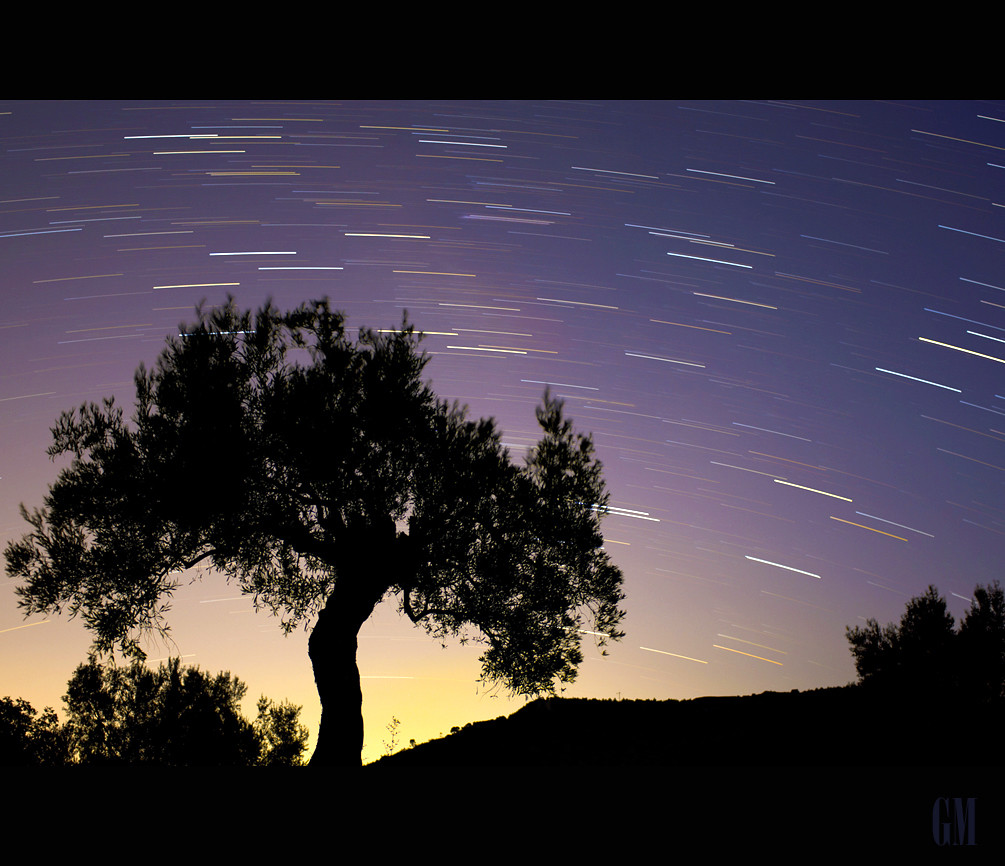
13. **Decoding Starlight: The Breakthroughs of Stellar Spectroscopy and Classification**Beyond just measuring distance and size, understanding the very composition of stars was a monumental challenge. The science of stellar spectroscopy, which involves analyzing the light from stars, was pioneered by Joseph von Fraunhofer and Angelo Secchi. By carefully comparing the spectra of stars like Sirius to that of our Sun, they uncovered crucial differences in the strength and number of their absorption lines – those dark lines in stellar spectra caused by the atmosphere’s absorption of specific frequencies. It was like finding a unique fingerprint for each star, revealing its chemical makeup and temperature.
Building on this foundational work, Secchi took the bold step in 1865 to begin classifying stars into spectral types based on these observed differences. This initial classification laid the groundwork for what would become a cornerstone of astrophysics. The modern version of the stellar classification scheme, which we still use today, was then meticulously developed by the incredible Annie J. Cannon during the early 1900s. Her work organized the vast diversity of stars into a coherent and understandable system, making it possible to compare and categorize them systematically.
Simultaneously, significant theoretical work on the physical structure of stars was unfolding during the first decades of the 20th century. In 1913, the Hertzsprung-Russell diagram was developed, a pivotal moment that propelled the astrophysical study of stars by revealing relationships between stellar luminosity, temperature, and evolutionary stage. Successful models were then developed to explain the intricate interiors of stars and their complex evolutionary paths, moving beyond mere observation to deep theoretical understanding.
Perhaps one of the most significant breakthroughs came from Cecilia Payne-Gaposchkin, who, in her groundbreaking 1925 PhD thesis, first proposed that stars were made primarily of hydrogen and helium. This revolutionary idea, initially met with skepticism, fundamentally changed our understanding of stellar composition. Further advancements in quantum physics allowed for an even deeper understanding of stellar spectra, which, in turn, enabled the precise determination of the chemical composition of stellar atmospheres. This meant astronomers could now directly “read” the elements present in a star, revealing their cosmic recipes.
Thanks to instruments like the Spitzer Space Telescope, we can now capture infrared images that show a multitude of stars, even in dense regions of the Milky Way galaxy, that were previously hidden. While individual stars are primarily observed in our Local Group (our galactic neighborhood) and especially within the visible parts of the Milky Way and its satellites, our reach is extending. We’ve even observed individual stars, such as Cepheid variables, in galaxies like M87 and M100 in the Virgo Cluster, and luminous stars in other relatively nearby galaxies. And in a truly astounding feat, with the aid of gravitational lensing, a single star named Icarus has been observed at an incredible 9 billion light-years away – talk about long-distance observation!
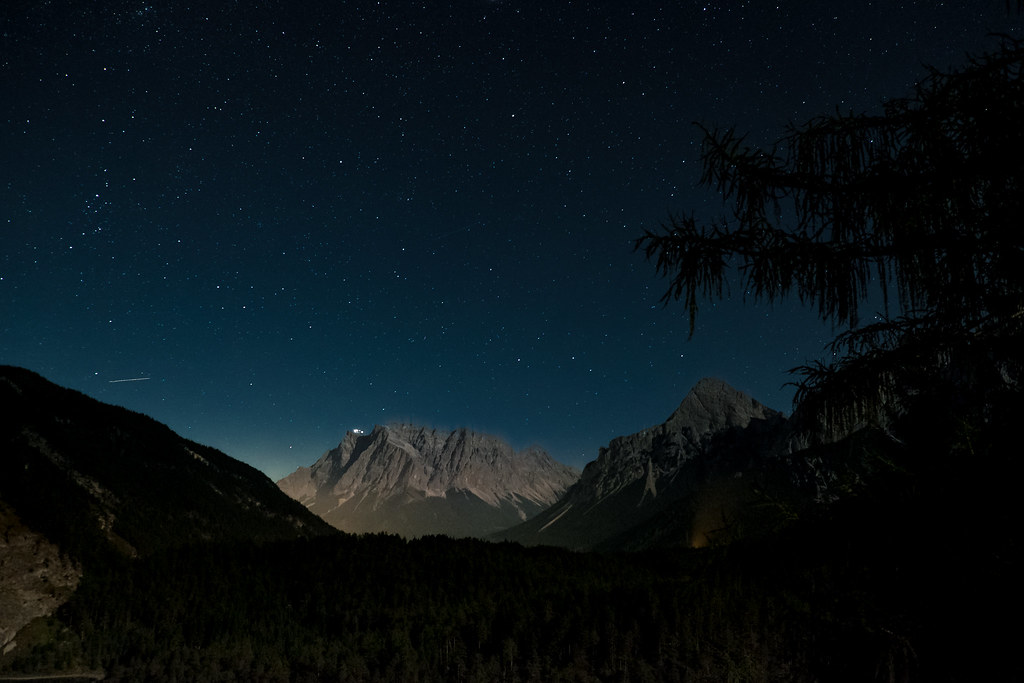
14. **More Than Just Solos: The Wild Evolutionary Dance of Binary Stars**We often think of stars as lone cosmic wanderers, but the truth is far more complex and thrilling! While we touched on orbital systems earlier, it’s worth a deeper dive: the evolution of binary stars (and even higher-order multi-star systems) can differ significantly from that of single stars of the same mass. This intricate cosmic dance profoundly influences their lifetimes and ultimate fates, often in ways that are counter-intuitive to how we might expect a solitary star to behave.
One of the most dramatic consequences of close stellar companionship happens when a star expands to become a red giant. In such a scenario, it might overflow its Roche lobe – the region around a star where material is gravitationally bound to it. If the stars in a binary system are close enough, some of that precious stellar material can actually overflow and transfer to the companion star. This mass transfer process gives rise to a whole host of fascinating phenomena, including contact binaries (where stars literally touch), common-envelope binaries, explosive cataclysmic variables, enigmatic blue stragglers, and even one type of supernova, the Type Ia supernova. It can even lead to the Algol paradox, where the most evolved star in a system is, surprisingly, the least massive one!
This incredible complexity means that the evolution of binary and higher-order star systems is an intensely researched field. It’s truly mind-blowing to consider that around half of Sun-like stars, and an even higher proportion of more massive stars, are actually born in multiple systems. This prevalence of stellar companionship can greatly influence phenomena like novae and supernovae, the formation of certain exotic types of stars, and even the crucial enrichment of space with the nucleosynthesis products that make up new stars and planets.
In fact, the influence of binary star evolution on the formation of evolved massive stars, such as luminous blue variables, Wolf–Rayet stars, and the progenitors of certain classes of core-collapse supernovae, is still a hotly debated topic among astronomers. Some theories suggest that single massive stars simply might not be able to expel their outer layers fast enough to form the types and numbers of evolved stars that we observe, or to produce the progenitors that would explode as the specific supernovae we see across the universe. It’s a cosmic puzzle that keeps scientists on their toes!
This leads many astronomers to view mass transfer through gravitational stripping in binary systems as a potential solution to that very problem. It offers a mechanism by which stars can shed material and evolve in ways that single stars cannot, helping to explain the diversity of stellar types and explosive events we witness. We’ve also learned that the proportion of stars in multiple systems seems to correlate with mass: while a staggering 80% of very massive O and B class stars are believed to be part of multiple-star systems, only about 25% of red dwarfs (which, by the way, make up 85% of all stars!) are known to have stellar companions. This implies that more than two-thirds of stars in our Milky Way are likely single red dwarfs, even if formation in binaries is common. A 2017 study of the Perseus molecular cloud even suggested that most newly formed stars initially form as binaries, with some later splitting up to leave single stars behind. It’s a dynamic, interconnected universe out there!
So there you have it! From ancient star charts to mind-bending quantum physics and the intricate dance of binary systems, our journey through the cosmic story of stars has been nothing short of spectacular. We’ve gone from simply wondering about those distant twinkles to understanding their fiery hearts, their epic lifecycles, and their profound role in creating everything we see around us – including ourselves. Every atom of you, me, and this very planet was forged in the heart of a star, making us all, quite literally, stardust. So next time you glance up at the night sky, take a moment to marvel not just at their beauty, but at the incredible story of discovery that has unfolded beneath them, connecting us all to the infinite wonders of the universe!

